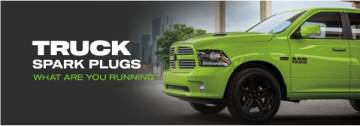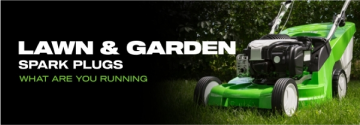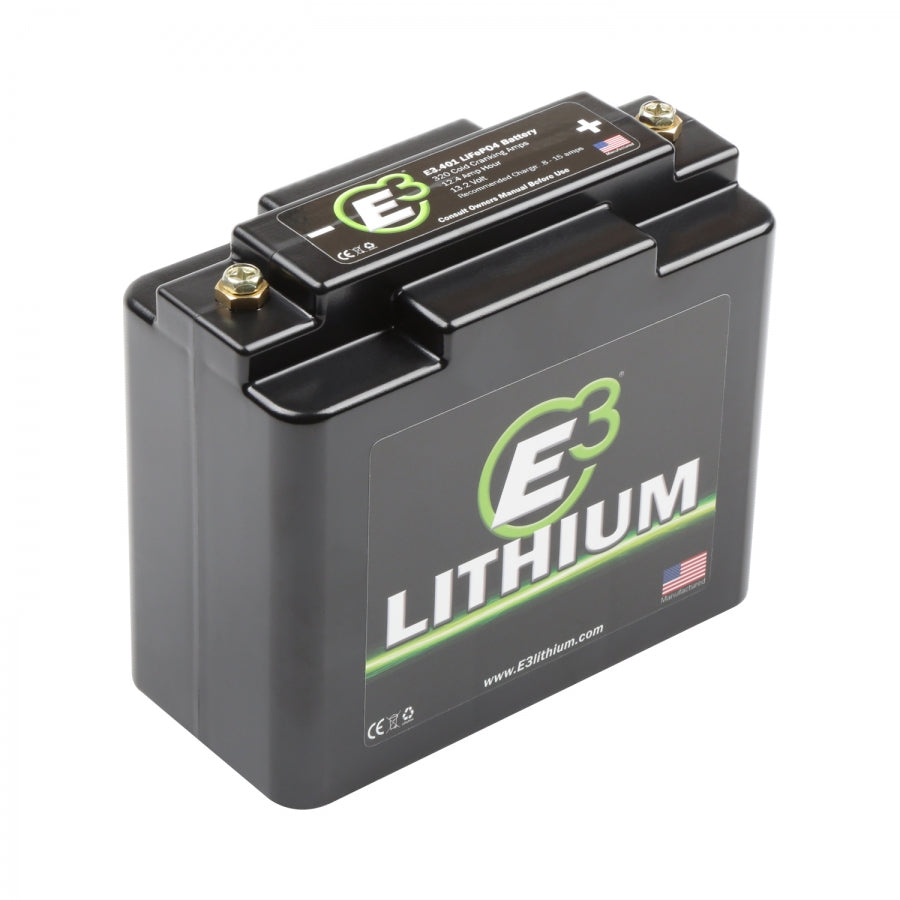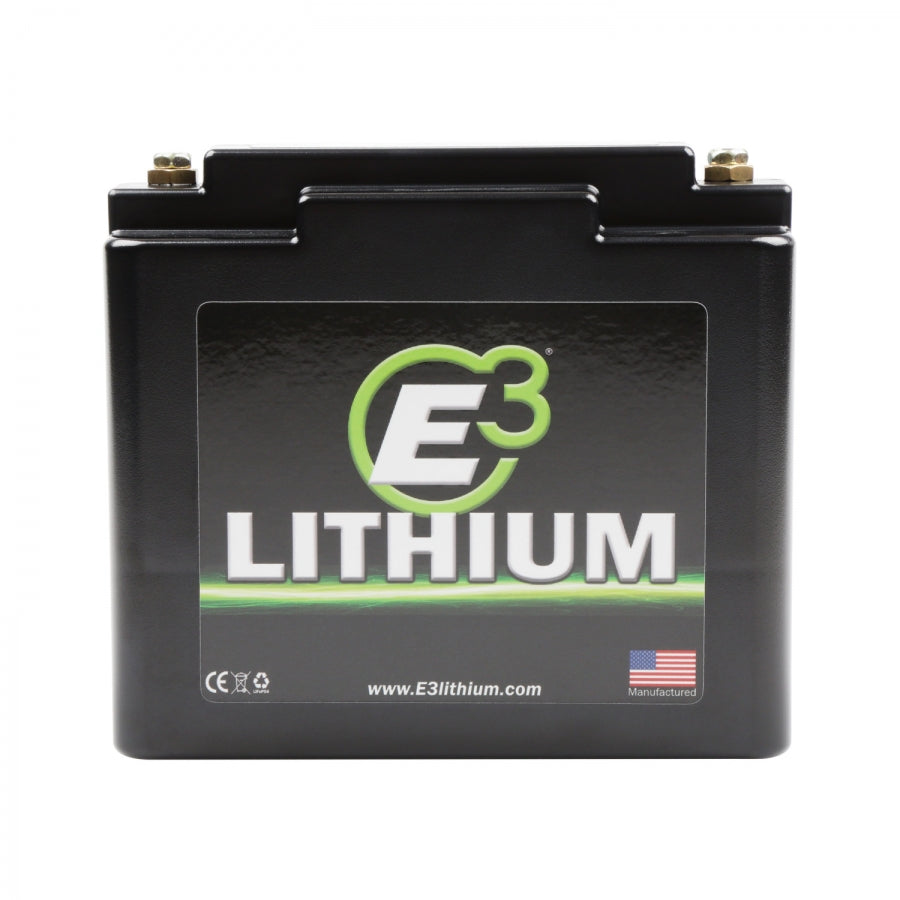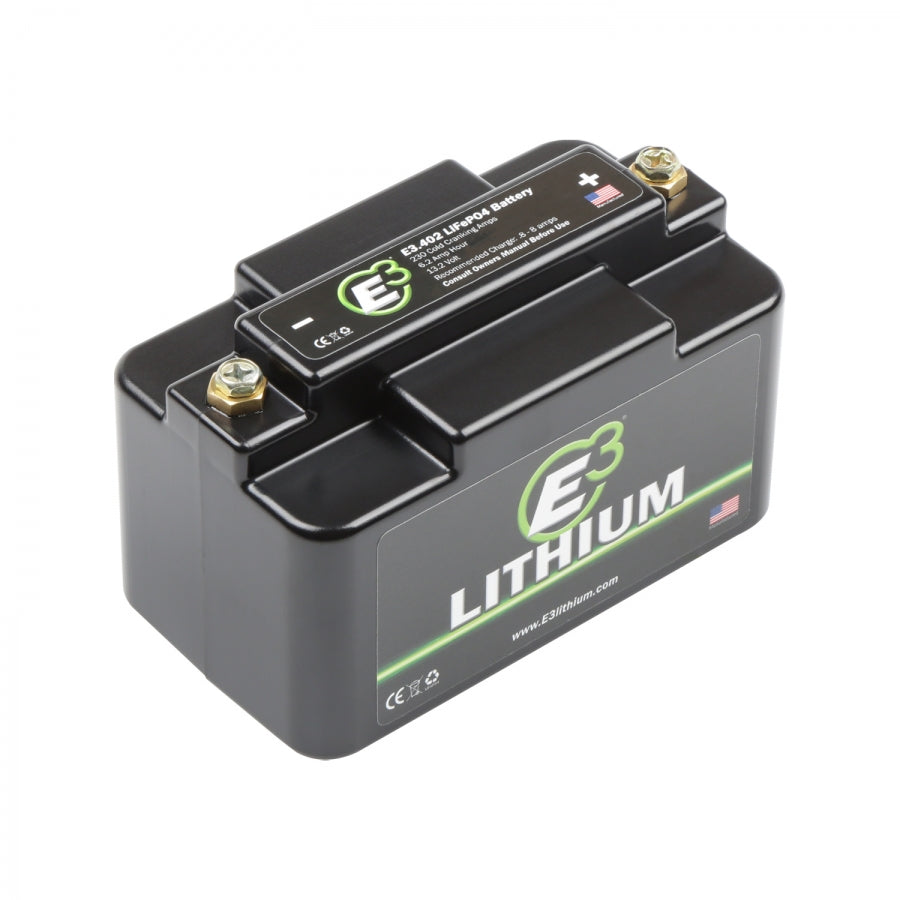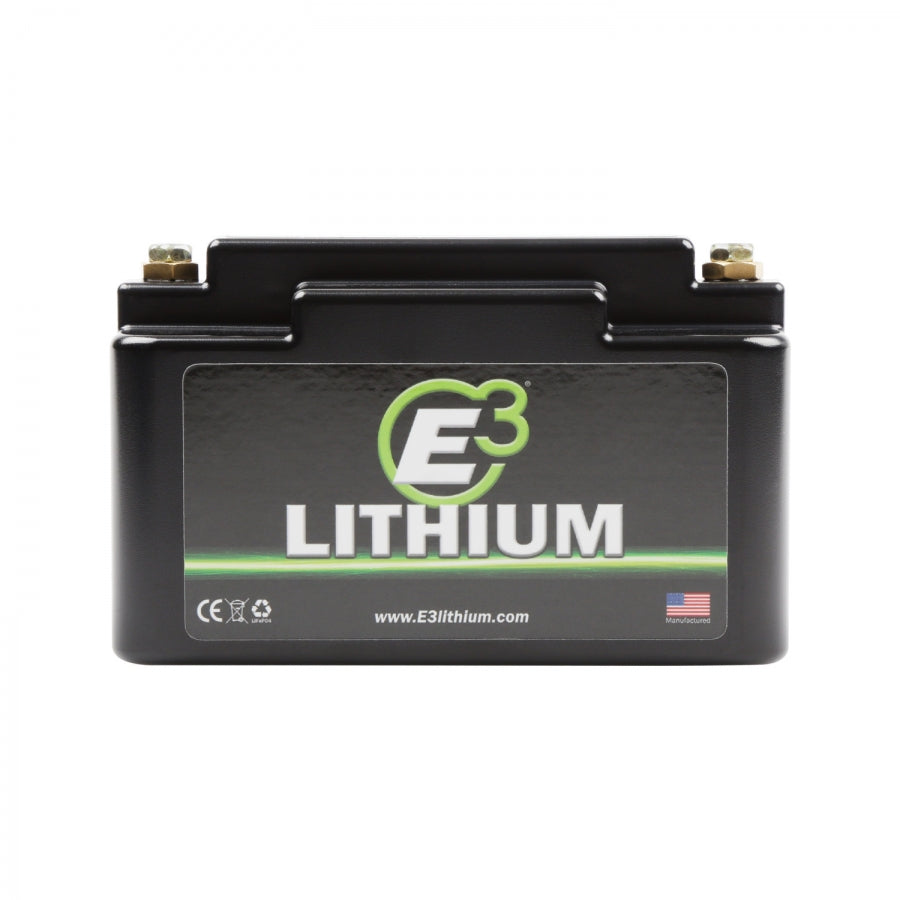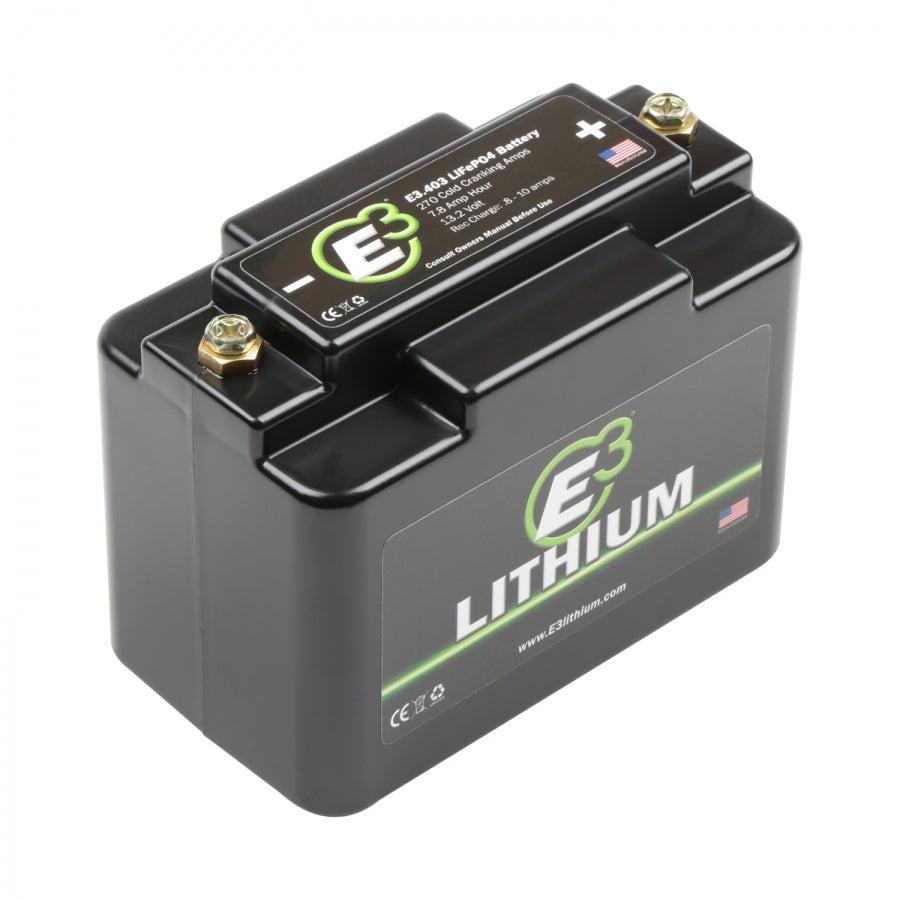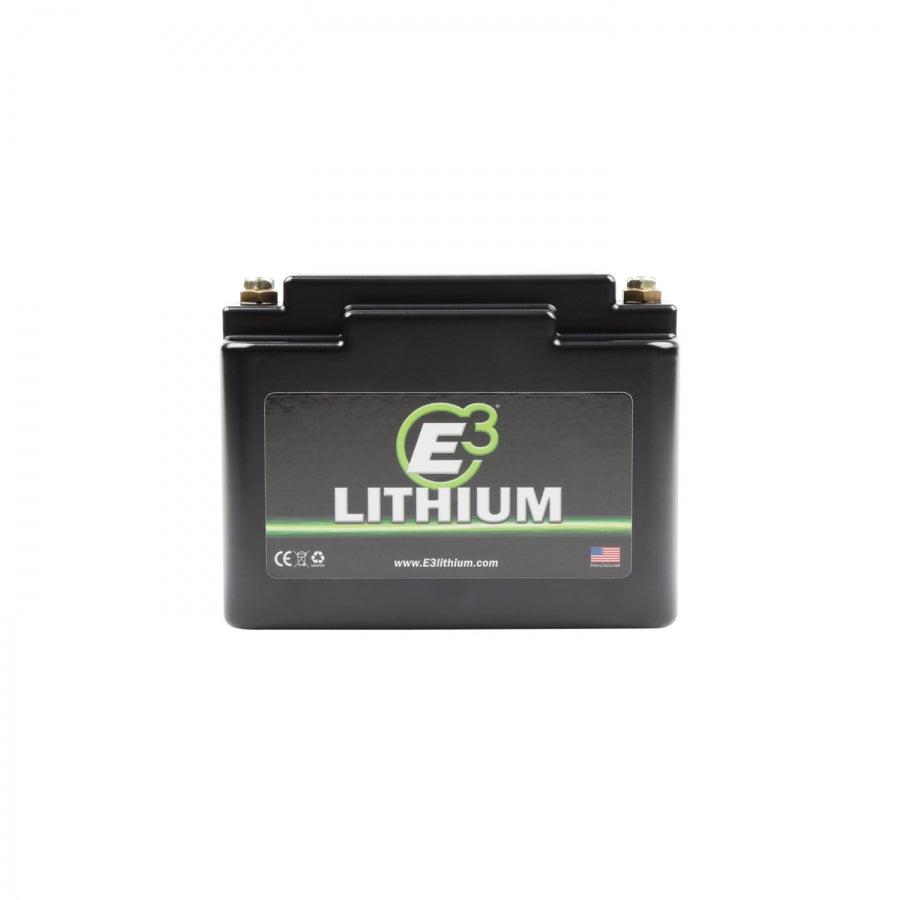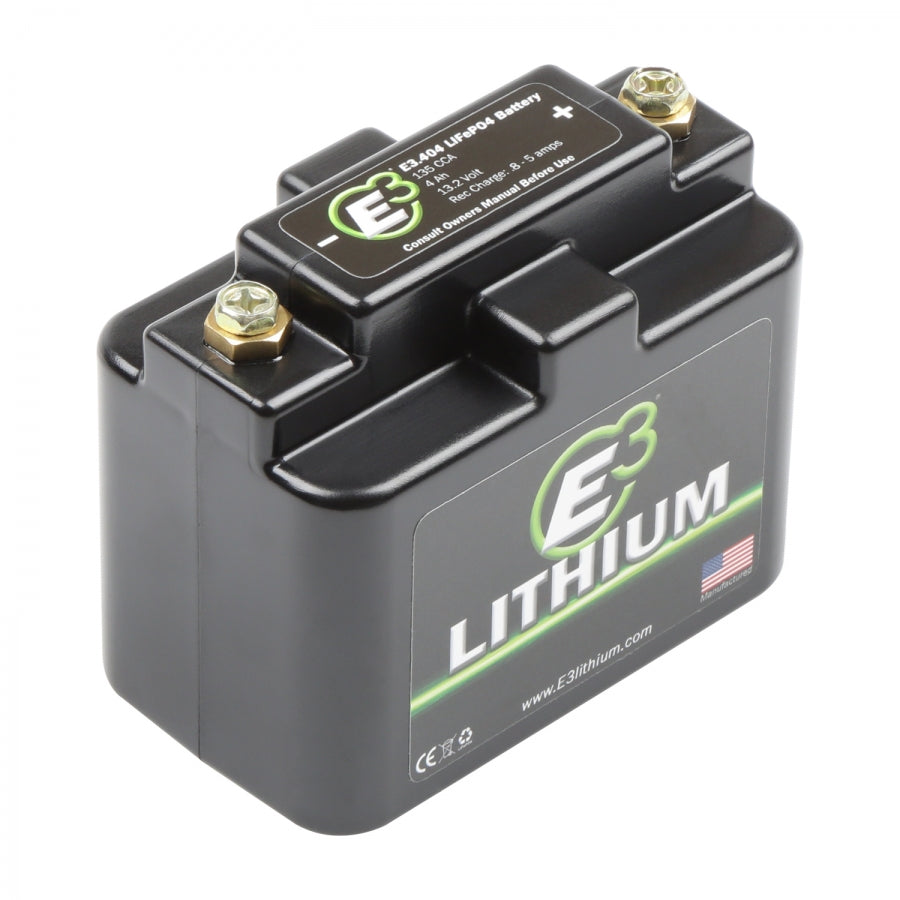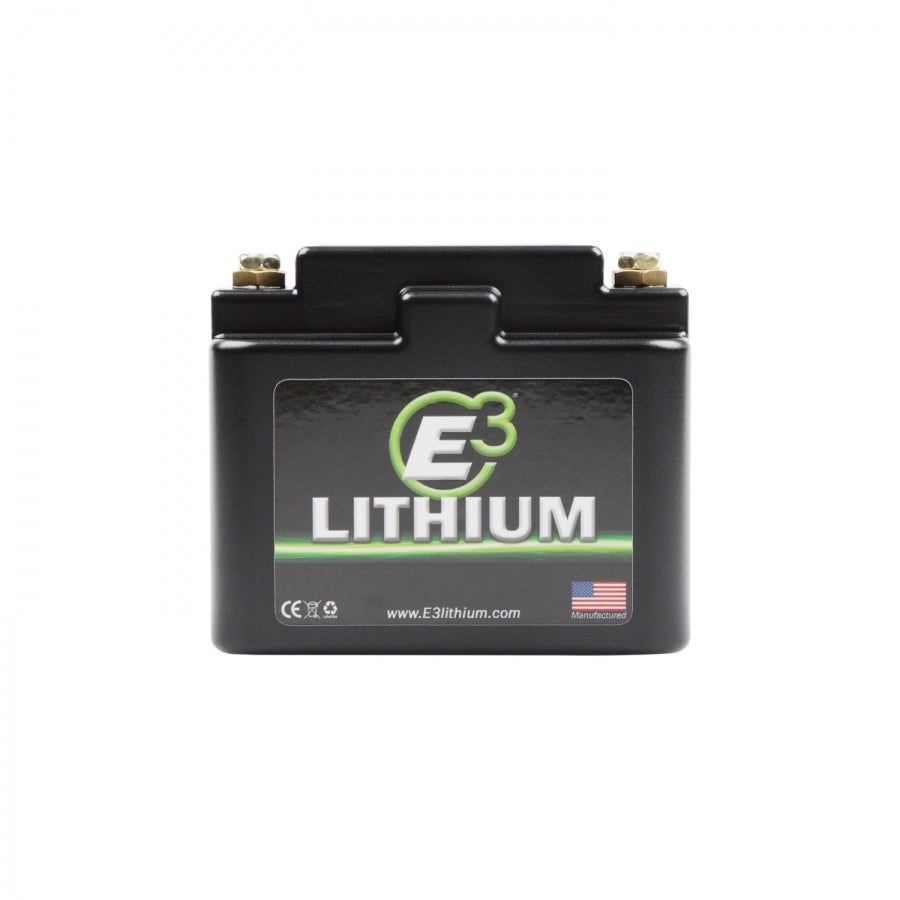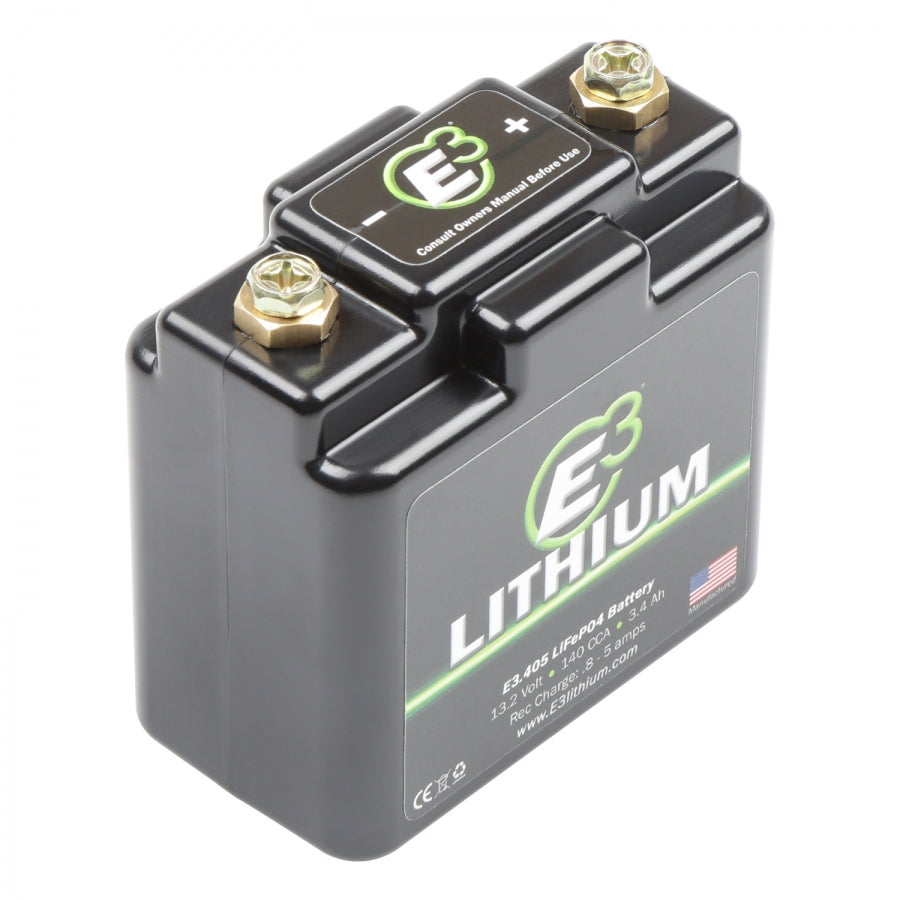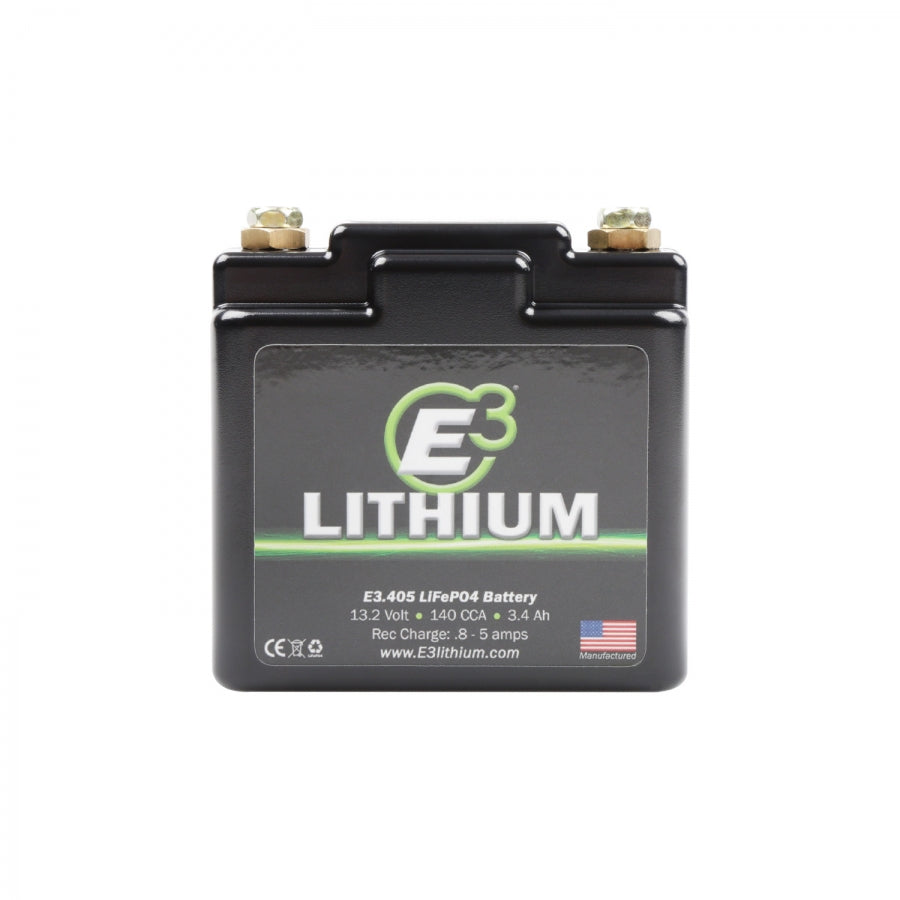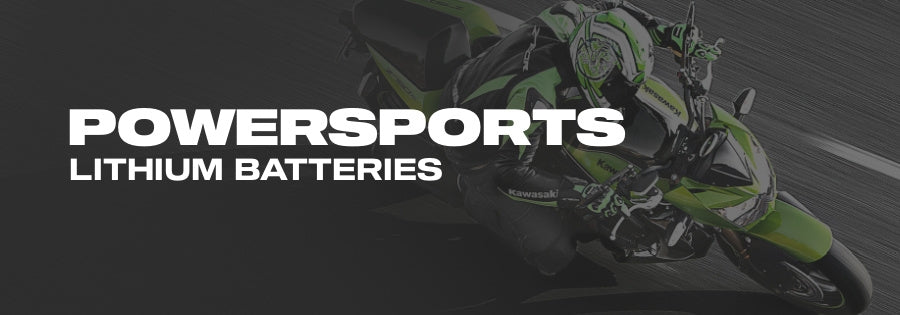
Powersports Lithium Batteries
Filters
5 products
Powersports Lithium Batteries
Powersports lithium batteries are driving the technological progress in the electrification of motorcycles, ATVs, UTVs, Jet Skis, and snowmobiles. The life expectancy of average lead-acid batteries is just two years, but lithium iron phosphate batteries can live up to 5000 cycles with 80 percent depth of discharge in your favorite ride, without a loss of performance. Although lithium iron phosphate LiFePO4 batteries are not manufactured in smaller sizes like those needed for consumer electronics, E3 powersports lithium batteries are lightweight and rely on the safest chemistry available. This makes our batteries more tolerant to conditions of full charge and less stressed at higher voltage. Proven lithium technology with active intelligent monitoring is behind our complete line of powersports lithium batteries that weigh less, charge faster, and last longer than an AGM (absorbent glass mat) battery.
Since it is a proven technology that it realtively cheap, lead acid batteries are still used for starting a majority of powersports vehicles. However, environmental issues, such as CO2 reduction, are becoming a growing concern at many recreational areas, mountain parks, lakes and waterways, so converting to powersports lithium batteries like the E3 LiFePO4 battery is sound choice. Simply stated climate change is an existential threat for life on our planet, including all humans. In an attempt to minimize the negative consequences that are changing the atmosphere and leaving the planet more exposed, fully electric powered powersports vehicles are expected to dominate the market in coming years. With improved battery technology, batteries can store more energy to extend the operating range for recreational vehicles. Plus, battery engineers are working on reducing the environmental costs rechargeable batteries create when mining rare earth elements like lithium, cobalt, nickel, or graphite.
Manufactured under stringent quality controls, E3 lithium batteries are designed to deliver the same high performance and reliability that you’ve grown to expect. Moreover, you can cut your battery weight in half or more, which will result in better performance and increased fuel economy. Since there is less discharge with powersports lithium batteries, there is no need for seasonal charging and your motorcycle, jet ski, snowmobile or ATV is ready to go when you are. Since space is somewhat critical on powersports vehicles, lithium iron phosphate batteries are typically smaller than the lead-acid battery they are replacing. LiFePO4 batteries are the safest type of lithium-ion batteries as they will not overheat or catch fire if punctured. In addition, the cathode material used in powersports lithium batteries poses no negative environmental or health hazards. Unlike early lithium-ion batteries, LiFePO4 batteries do not erupt into flames if damaged. With a life expectancy of five to seven years, lithium iron phosphate batteries are more reasonably priced than other types of lithium batteries that rely on more expensive materials.
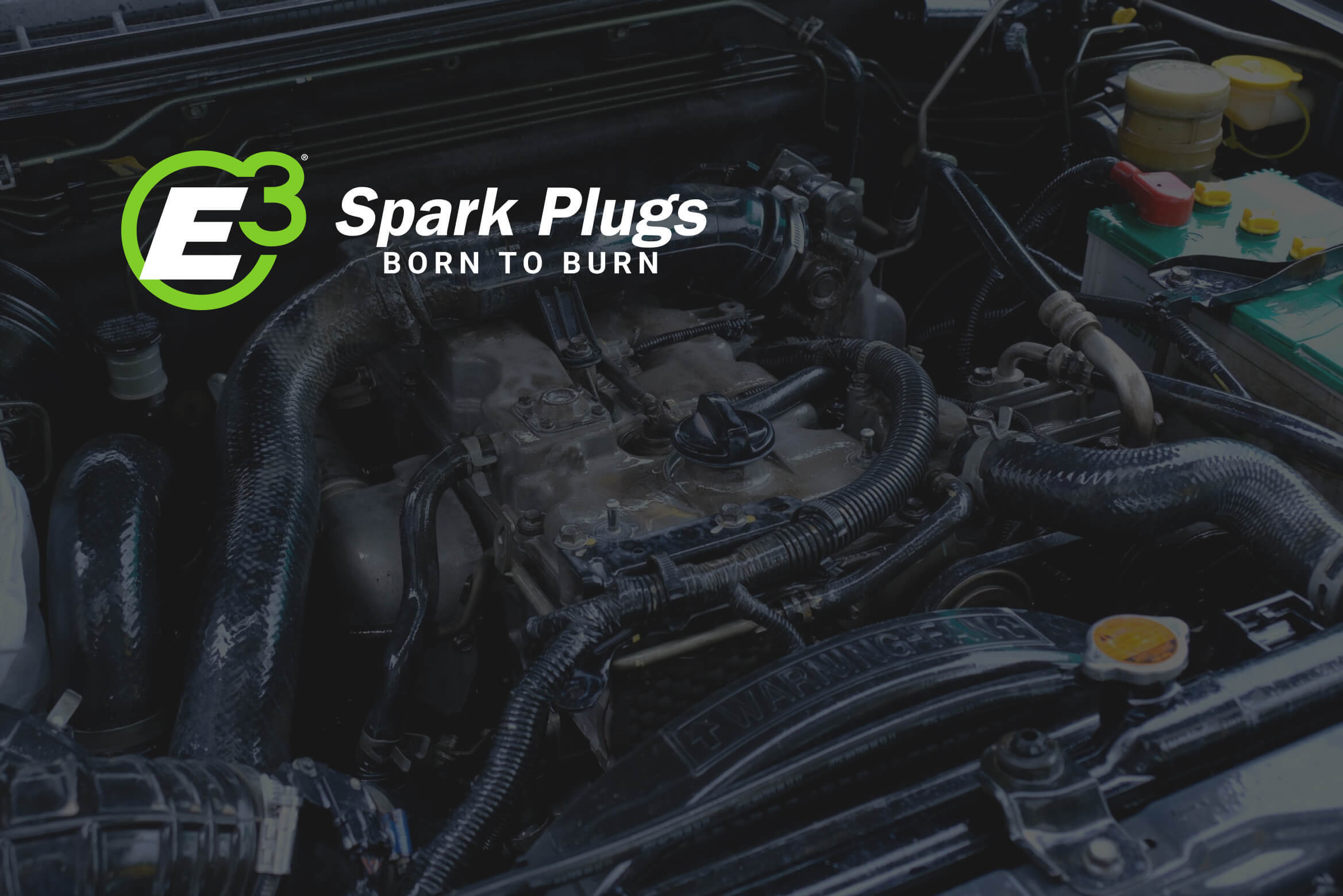
Different Types of Spark Plugs and Their Applications
Spark plugs are essential components in internal combustion engines. They serve a critical role in igniting the air-fuel mixture within the cylinders, which powers the engine. While engine spark p...
Distributed across nation
Find the E3 Spark Plugs in multiple stores
Free Shipping
Free US shipping on all orders of $35
Support
Our support team is available 10 a.m.- 5 p.m. EST
Secure Payment
All payments are processed securely

